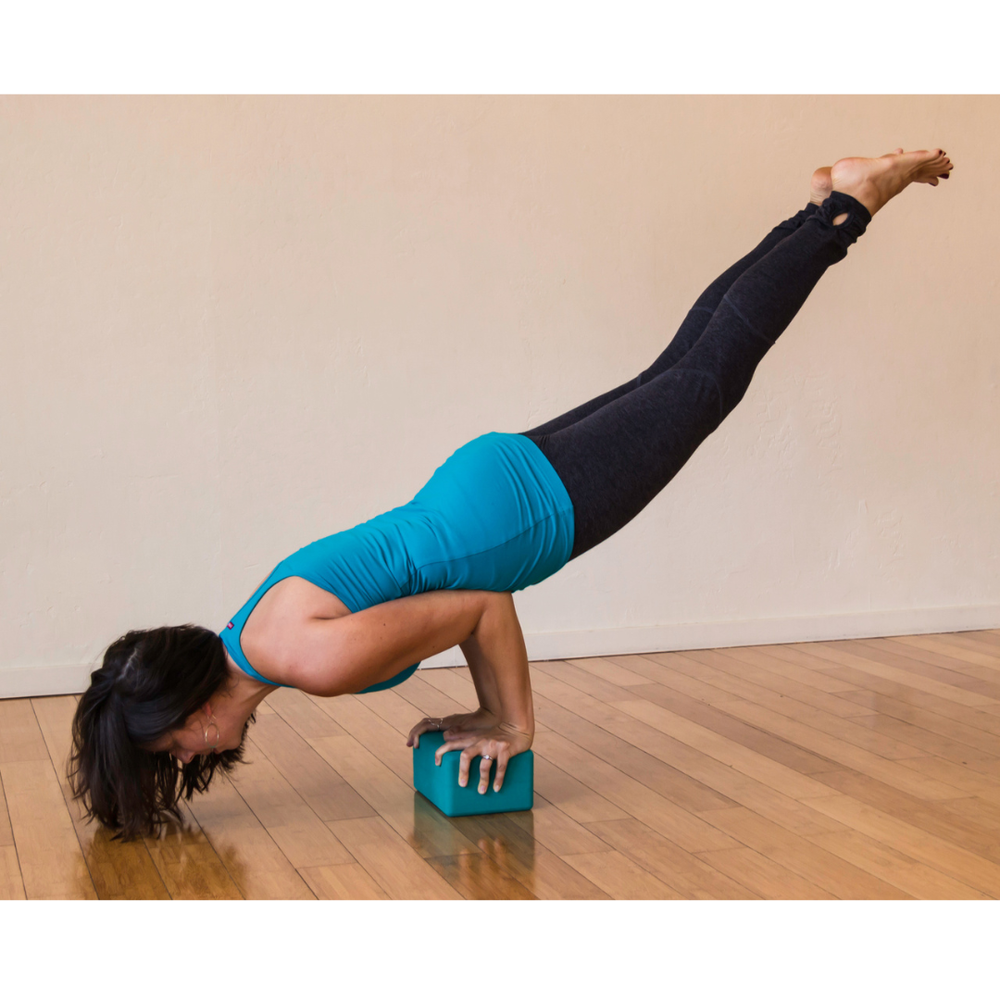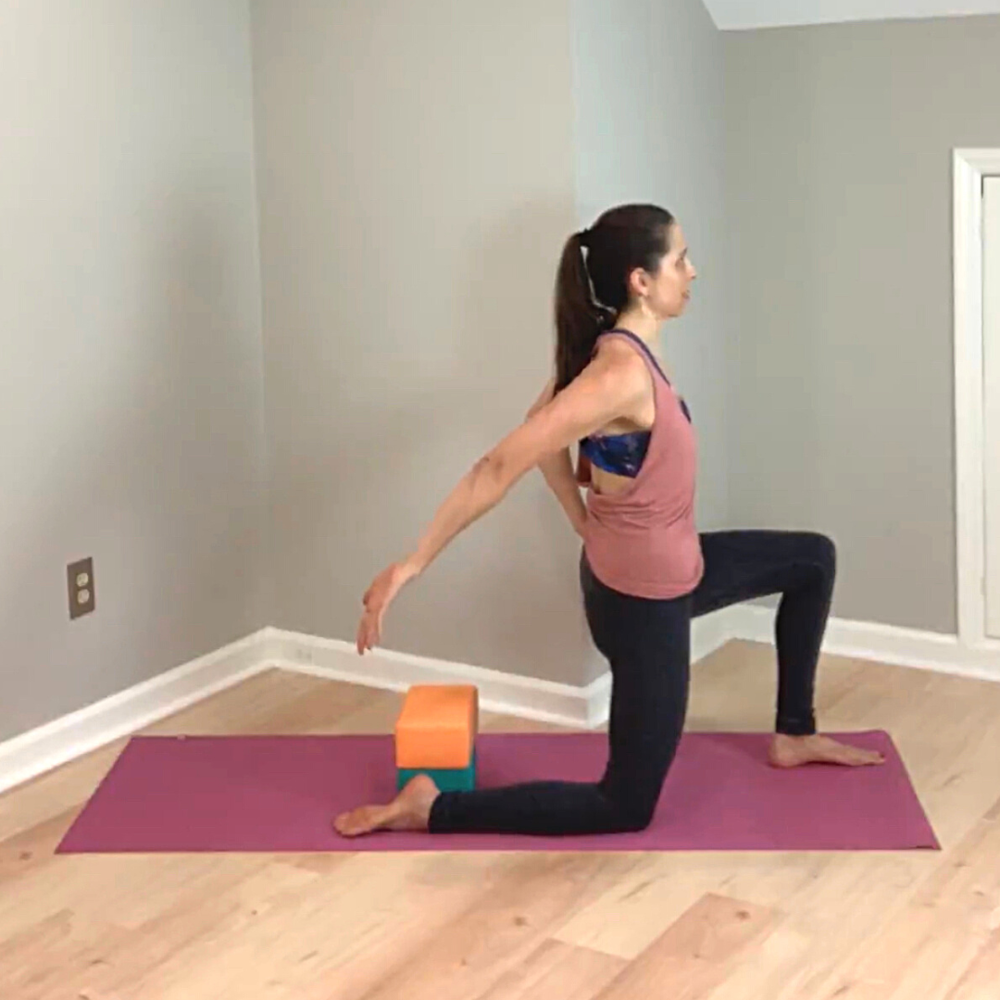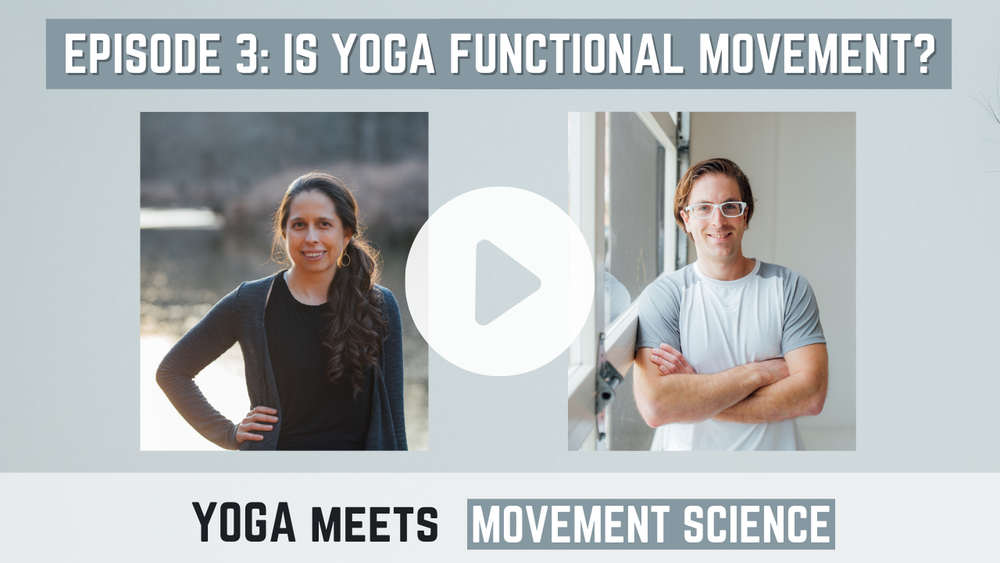
Sometimes yoga is labelled a “non-functional” movement practice.
In response, new systems or versions of yoga are created that are claimed to be *more functional*.
These systems are sometimes labelled “functional yoga” or are described as yoga with functional movement included.
In the fitness/strength & conditioning world, there is also a “functional training” trend, which focuses on certain exercises that are believed to be more functional than others.
What does “functional” mean?
What does “functional” mean in these contexts?
Yoga poses that are “pretzel-like” are often claimed to be non-functional.
Functional movement actually lacks a universal definition, which really complicates matters.
But . . .
One classic definition for functional movement is that it’s movement with “real-world carryover”. Functional movements help us perform daily life tasks better. (Or sport-specific tasks if we’re an athlete.)
By this definition, many people consider “pretzel”-like yoga poses, deep ranges of motion, and passive stretching to be non-functional, and they update their yoga classes accordingly.
Shoulder joint circles (often called “CARs” or “controlled articular rotations” are often claimed to be “functional”.
In functional types of yoga, those non-functional movements are eliminated, and practices including active range of motion, mobility drills, and joint circles are emphasized.
Other terms that are commonly used synonymously with “functional movement” are
-
“fundamental movement patterns”
-
“natural movement”
-
“healthy movement.”
How do we determine whether a movement is “functional”?

It turns out that determining whether a movement has real-world carryover isn’t as simple as whether or not that movement *looks like* a movement we do in daily life (or in a sport).
For example, any time we strengthen a muscle, we’re increasing our capacity, which helps us move through our life more easefully.
This means that pretty much all strength work is “functional,” regardless of what it looks like!
And yoga poses that are often considered non-functional on first glance can often be quite functional.
For example, reverse prayer pose is often dropped from “functional” styles of yoga because when would we place our hands in prayer behind our back in daily life?
But reverse prayer helps us improve range of motion when reaching behind us, which is very relevant for fastening a bra or for reaching for your child in the car seat behind you when driving.


And headstand, shoulder stand, and handstand can help us build strength, endurance, and capacity in our upper body. These qualities are always functional!
Ultimately, “functional movement” is a meaningless term unless it’s used within the context of *who* the movement is functional for and *why*.
There’s SO much more to this rich and nuanced topic than can be squeezed into a social media post, so please check out episode 3 of the Yoga Meets Movement Science podcast for the full conversation!



